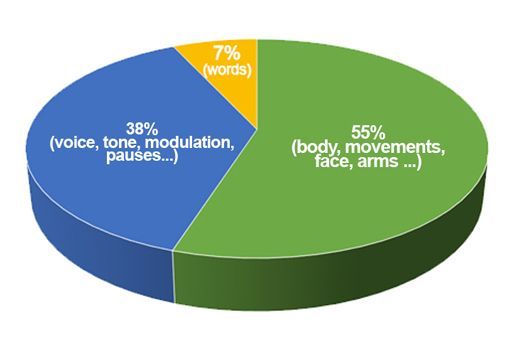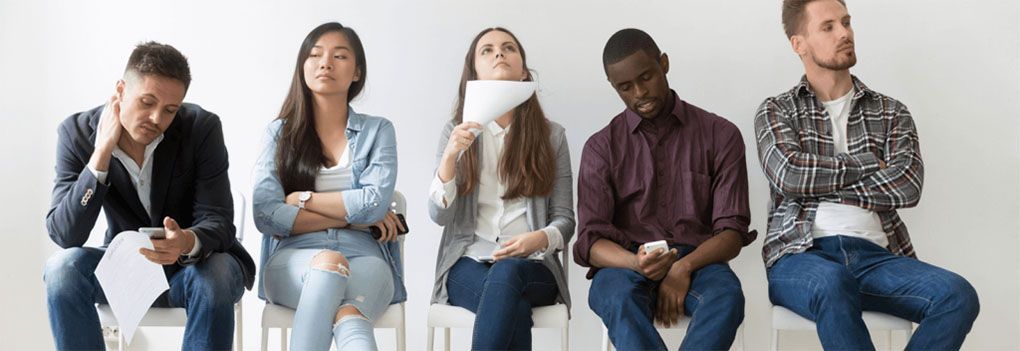Body Language matters.
“Do your students know that their body speaks even when they are silent?”

This was a question I asked myself some years ago when teaching 4th, 5th and 6th class students (ages 10-12) in a multi-grade setting. I noticed that some of my students had quite negative and closed body language and I worried how this might impact their transition to secondary school in terms of making new friends and first impressions with new teachers.
I began training my class in the skills of public speaking, where one key focus is ‘body language’. Body language is as important when speaking in public as it is in everyday communication and conversation. When we talk to our friends and family, we move our arms and hands, walk around, change our stance, change our facial expressions and make eye contact. It quickly became apparent to me that my students were completely unaware of the messages their own body language was sending while they were acutely aware of the messages they received from others. So this is how we began to consciously improve our own awareness and use of body language.
- We watched videos of examples of poor body language and discussed the messages we received.
- My students shared examples of negative and closed body language, eg. Slouching, slumping, arms folded.
- Together, we explored ‘What does proud / confident / brave / nervous look like?’ ‘What message do you get if I slump, yawn, put my hands under my chin, nod, open my arms wide, fold my arms, put my hands on my hips?’ How about nail biting, tapping fingers on our laps or tapping feet on the floor, head tilted to one side, rubbing hands together briskly, looking at the floor, head in hands, rubbing chin? From this the students began to see very clearly how our bodies communicate messages without us ever saying a word.
- Students also shared examples of positive and open body language, eg. standing straight with shoulders back in a confident stance, open welcoming hand gestures, hands on hips in a power pose and smiling.
- We had fun walking around the class as ‘Super man’ or ‘wonder woman’ and then slouching. We discussed how the different poses made us feel. Our chosen or very often un-checked body language even has a very interesting way of communicating messages to our own brain.
As homework, students looked out for 3 examples of positive body language and 3 examples of negative body language in their environment or even on TV or social media. The interesting thing was, they came up with way more than 3 examples as once they tuned in to it, they seemed to see examples everywhere. Students seemed to really enjoy this homework assignment. What’s more, becoming aware of other people’s body language in everyday interactions seemed to make students more aware of their own and importantly they began to realize that it is something they can choose and control in social situations and learn to use to their advantage.

In terms of speaking in public, students became aware that we make an impact on the audience, sending a clear message even before we open our mouths to speak. Our body can communicate confidence, enthusiasm, interest or indeed, the opposite.
Students learned and practiced how to walk proudly to the speaking area. When they got there, they greeted the person who had introduced them with a smile, eye contact and a good, strong hand shake. They enjoyed playing around with movement, gestures, stance, facial expressions and eye contact to express themselves and their message and achieve their speech’s purpose. They learned how to use the floor and move during their presentations if appropriate and they also learned to choose and use certain body movements deliberately to add emphasis to a point. Importantly, they also practiced body movements to help them to regulate any nervous energy they may have been feeling when speaking in front of others.
Body language forms a large part of the non-verbal communication that compliments and illustrates what we’re saying when speaking in public or in every-day situations. For our audience to receive and accept our message, our body language must be congruent with the words we are speaking. As the saying goes: “it’s not possible to NOT communicate”. Whether we like it or not, or are aware of it or not, our body speaks. There’s an expression that says, “Who you are speaks so loud, I can’t hear what you are saying.” Our audience when we speak in public and those we meet every day, are seeing, feeling and hearing what we are saying even when we are silent. We can choose to make sure that those messages ADD to the words we speak.

